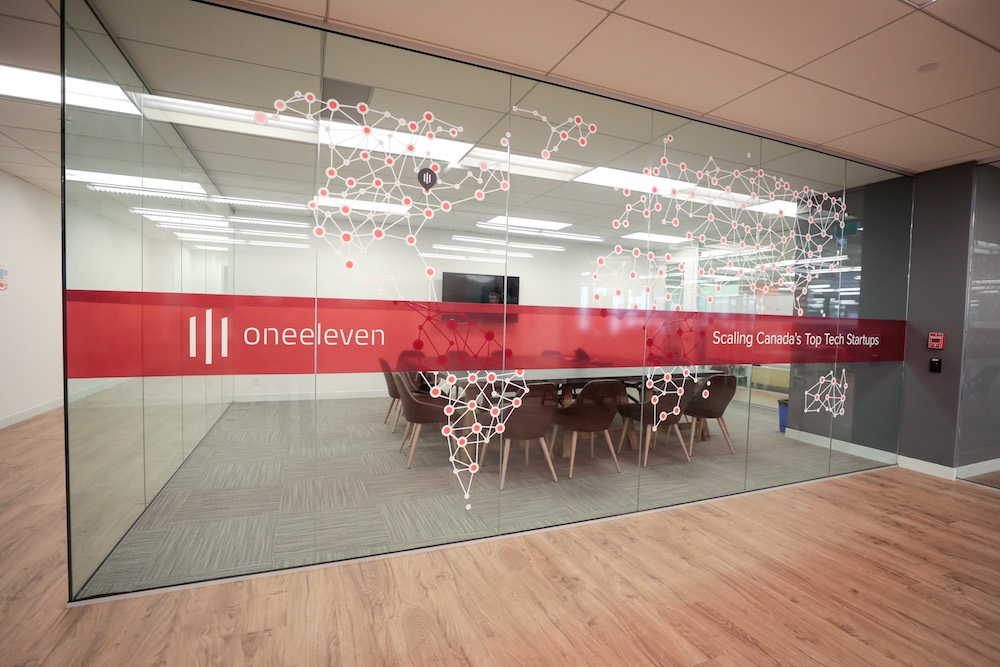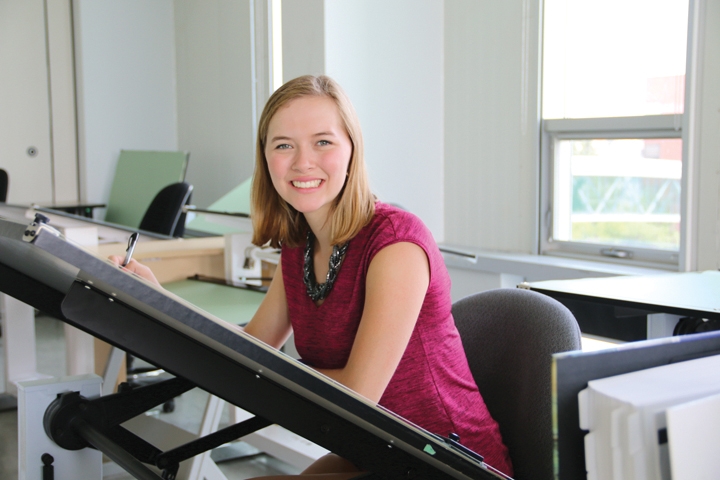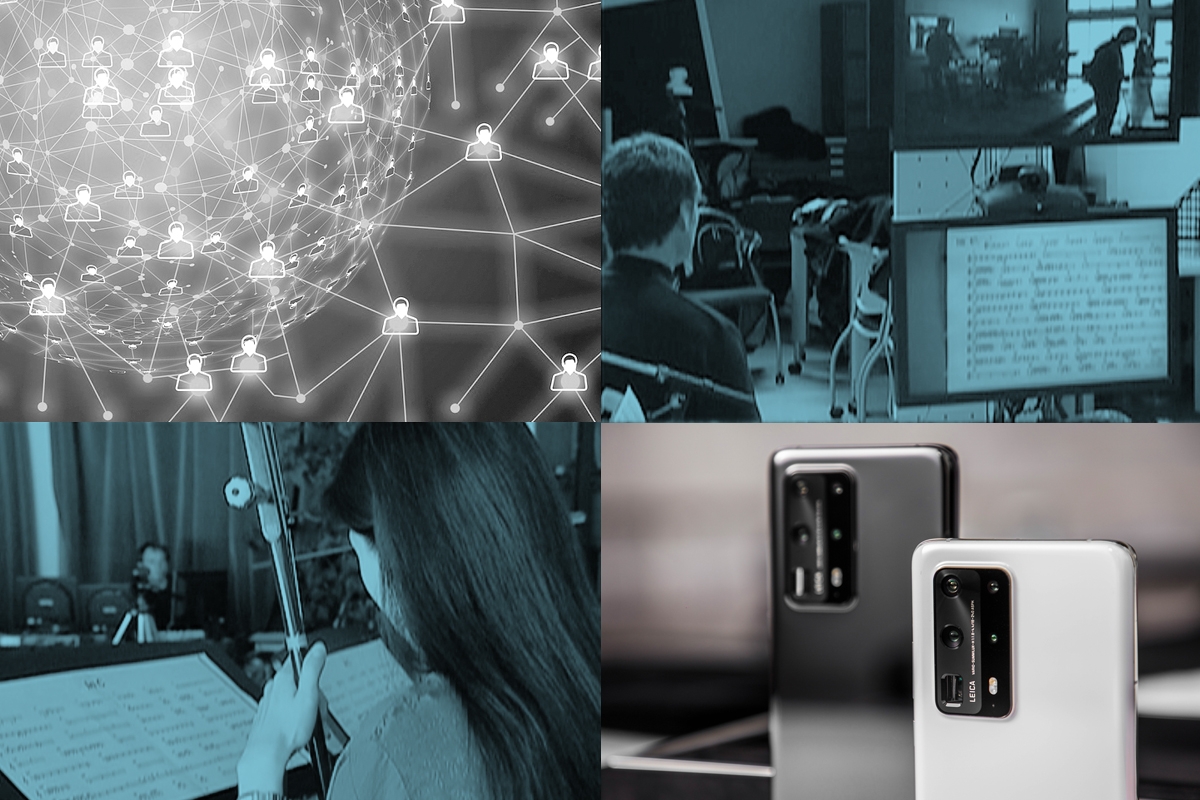
Stories of connection in the age of lockdowns
At no time since the advent of the World Wide Web have our lives been so virtual. This was true before a global pandemic forced entire countries indoors and pushed Internet traffic to the limits of network tolerance. Telework and online grocery shopping have gone from optional for some to being the new norms for most of the population. Entire curricula are being adapted to online learning. Countless studies are likely underway to determine the effects on everything from office productivity to carbon emissions.
In any analysis, it is the stifling of our sense of connectedness that is felt most deeply as we look for any way to bridge the confines of social distancing. Companies who are in the connection business believe the prototypes for human embodiment over distance are emerging on a scale never before seen or possible. “At a time when we are all physically separated to reduce the impact of COVID-19, the connection that technology brings is even more important to maintain and build upon,” says Chris Pereira, Senior Director of Public Affairs for Huawei Canada. “People are finding creative ways to solve problems while working and studying from home, and I expect we will see exciting new developments and ways of collaborating remotely in the future.” Pereira is spot on in his faith in the power of human ingenuity, especially when we’re all bored out of our minds!
If the COVID-19 era is proving anything, it’s that people are applying a lot of creativity when self-isolated and can do just about anything at a distance over networks; especially, it seems, reach out and express themselves. The performing arts have long been incubators for virtual communities of collaboration and discovery. The Berlin Philharmonic Digital Concert Hall was one of the first channels to deliver sophisticated live events to a global audience. The National Arts Centre delivers masterclasses over video networks beginning with the tutelage of former music director Pinchas Zuckerman, but, for various reasons, has never fully embraced the full potential of its fantastic connectivity and infrastructure.
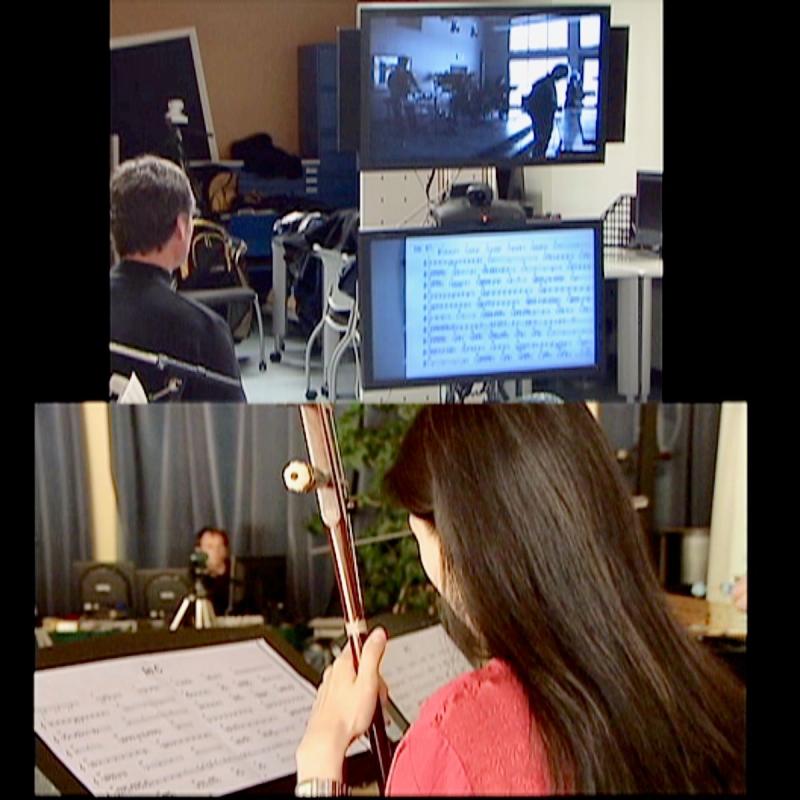
Performers from the famous to the lesser known have been delighting sequestered audiences independently and from the confines of their studios in a viral show of adaptation and generosity in challenging times. Canadian research began exploring virtual stages and classrooms a couple of decades ago during the Paleozoic epoch of the Internet. Huawei Canada is looking to leverage those early experiments with a new initiative based on its revolutionary new P40 Pro and P40 Pro+ smartphones.
The P40 series is equipped with what Huawei calls a quad-curve overflow display, which is described as being “inspired by the art of motion,” an interesting metaphor for a device awaiting creative exploration by Canadian students. “The display takes on a curved edge on all four sides, creating a shape that is reminiscent of water on the cusp of overflowing from the rim of a filled cup.” The streamlined, near-borderless device packs a technological wallop as well, with a camera system that would impress even the most orthodox DSLR photographer. Huawei collaborated with Leica to introduce its advanced Ultra Vision triple-camera, quad-camera and penta-camera configurations, delivering stunning images with ultra wide-angle, wide-angle and telephoto lenses. The 40MP Ultra-Wide Cine Camera enables exceptional video capture and streaming quality.
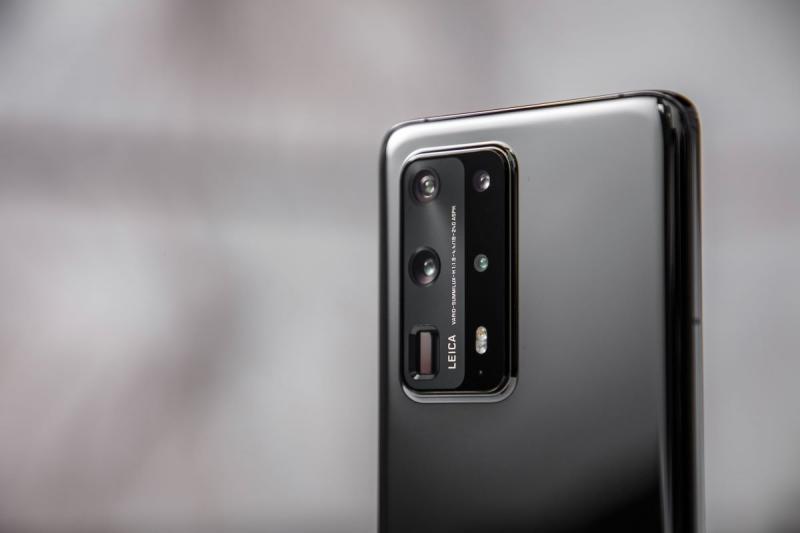
There’s no better way to demonstrate the power of a creative technology than to put it into the hands of a bunch of housebound kids, and that’s exactly what Huawei has in mind with a COVID-19 competition of storytelling. “We hope that this competition will encourage young people to tell stories of connection with their phones, and build new connections at a time when staying in touch is more important than ever,” says Christy Yao, Huawei Canada’s media manager overseeing the upcoming competition.
Canadian research mentioned earlier began from the premise that Canada is a great testbed for this kind of activity, we being remote from one another and accustomed to the isolating effect of long winters, factors recognized by Chris Pereira. “Canada is a great place to demonstrate the future possibilities of remote work and study,” the Ottawa-based Pereira believes. “Canada faces unique challenges in Internet connection and coverage. We have a very small population spread across enormous geographical distances. Despite these challenges, Canada has one of the highest-quality networks in the world, and Canada should continue to build upon its strengths.”
Here’s how the research can inform Huawei’s student competition.
1. Find your champions. Teachers are busy people at the best of times, and they are now dealing with an unprecedented challenge. Not all teachers are ready to embrace more technology in the classroom. Finding champions will help you get this rolling.
2. Fit your competition into the curriculum. That will make it easier for teachers to embrace the opportunity. Storytelling can mean anything from history to cultural studies and expression. Current events mean inspiring stories about making connections in lockdowns will be all the more authentic.
3. Keep it fun and start simple. Plan a series of small events that move from simple to more complex scenarios. Posting videos is an excellent start, but move into live streaming events as everyone becomes more comfortable. Try comedy improv, musical performances, anything that gets students participating and sharing with genuine enthusiasm, and with one another over distance.
4. Evaluate the outcomes with academic rigour and share your insights. There are going to be plenty of questions that will arise during this very strange time, for instance: How is the teacher/student relationship potentially altered through a wider range of experiences, facilities, and creative possibilities? How does technology support the achievement of consensus among groups of people over distance? Can it provide a place where every student feels included and valued, and every teacher has greater support?
Nature seems to have provided us with the opportunity to do things differently. If telework is successful, will it lead to an ongoing embrace of the practice as a means to reduce traffic congestion, carbon emissions, and personal stress? Will blended virtual learning environments (versus passive, unsupervised e-learning) lead to a more engaging classroom? Will virtual worlds vie for attention with board games or playing catch in the back yard? Let’s hope so.
Chris Pereira is proud to say that, “Canada will come out of this crisis stronger and better connected than it has ever been before, and a fast and reliable Internet is critical to achieving that. Our country is what connects us. Technology is what keeps us connected.” The most important thing is to try it and find out, so be sure and answer the phone. It may be Huawei calling with an idea!

